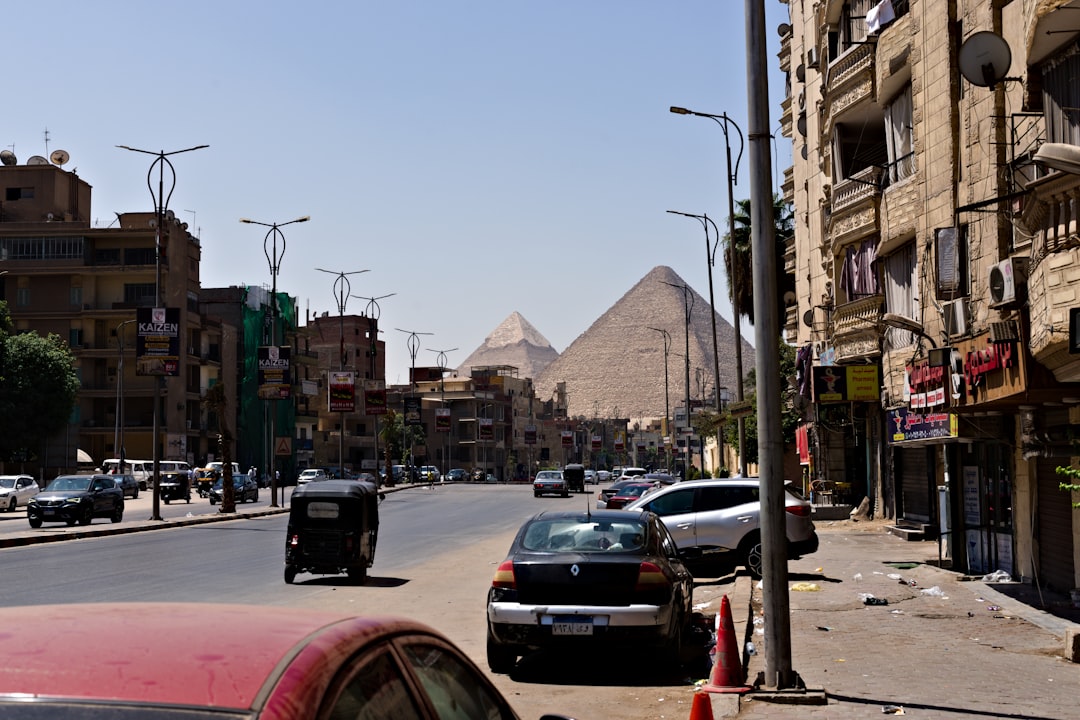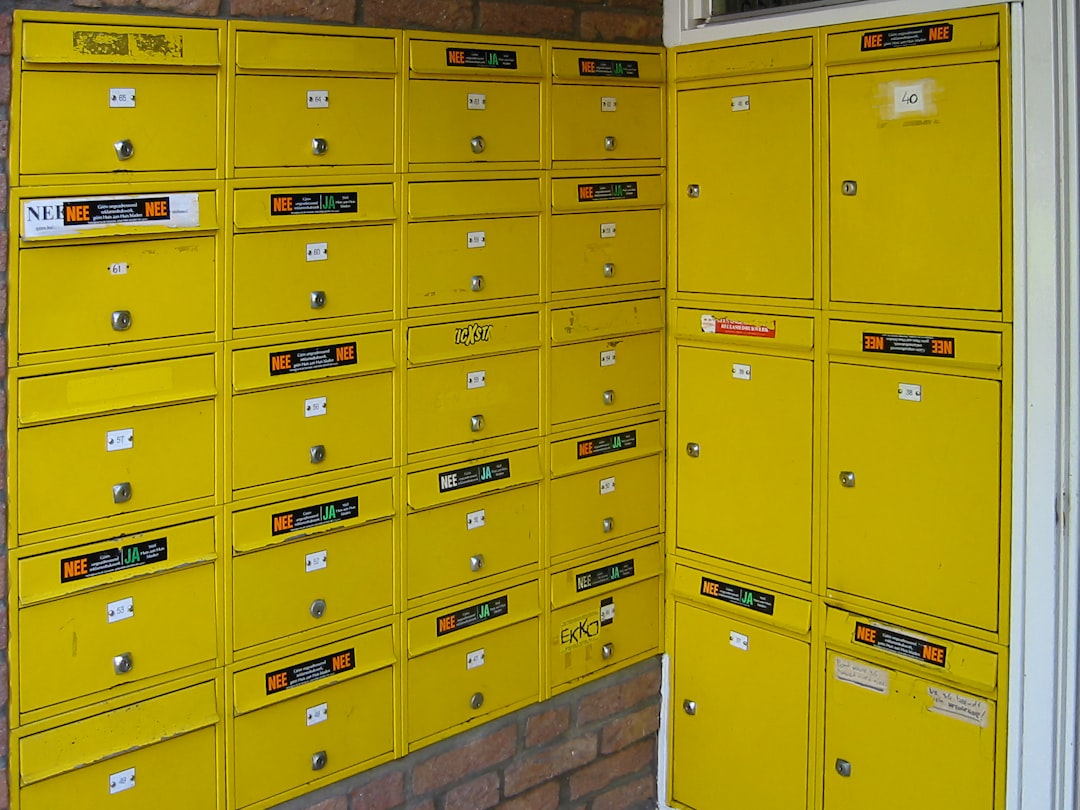Egypt, a country with a rich tapestry of culture, history, and modernity, poses unique challenges for address formatting and transliteration. Whether used for navigation, mail delivery, academic research, or e-commerce logistics, an accurate and culturally sensitive approach to Egyptian address entries is crucial. This article provides a guide to address structuring in Egypt, along with useful tips for transliteration from Arabic into Latin script to ensure clarity and usability.
Understanding the Structure of Egyptian Addresses
Like many countries, Egypt follows a systematic structure for physical addresses, but local conventions and informal practices can make this more complex than it initially appears. Here’s an overview of the key components typically found in an Egyptian address:
- Recipient Name: Often includes full name, occasionally with familial titles.
- Building Number: The street building number, which may not always be clearly marked.
- Street Name: Essential for navigation; street names may change over time or differ locally in pronunciation and spelling.
- District or Neighborhood: Egypt’s cities are divided into many districts that also have locally known names.
- City & Governorate: The city name is critical, followed by the governorate (such as Cairo, Giza, or Alexandria).
- Postal Code: Not always used by locals, but crucial for mail and logistics companies.
- Country: “Egypt” should always be included for international correspondence.
Egyptian addresses may vary based on urban or rural settings. For example, in rural villages, landmarks may substitute for street names, and GPS coordinates or descriptive directions may be more practical.

Transliteration from Arabic to Latin Script
Arabic is the official language of Egypt, and transliterating Egyptian addresses requires balancing phonetic accuracy with international readability. Here are some commonly accepted approaches for transliteration of addresses from Arabic script to Latin characters:
1. Standard Transliteration Rules
While there is no single universal system applied in Egypt for street names, many users refer to a loosely based system similar to ISO 233 or the UNGEGN transliteration standards. However, the end goal tends to be readability and usability rather than ruleic uniformity. Here are a few examples:
- “شارع” becomes Sharia or Street.
- “طريق” becomes Tariq or Road.
- “ميدان” becomes Midan or Square.
- “حي” becomes Hayy or simply District.
For names and proper nouns, such as places or individuals, the name is often transliterated phonetically: “عبد الناصر” becomes Abdel Nasser, and “الدقي” becomes Dokki.
Note that different organizations—such as courier companies, map services like Google Maps, or official government entities—may use slightly different versions of these names.
2. Use of Diacritics
In some transliterations, diacritics like ā, ū, and ī are used to represent the long vowels found in Arabic. However, these are often omitted for practical purposes, especially in postal systems where plain ASCII characters are preferred.
3. Consistency is Key
Especially for companies and databases, consistency in transliteration can avoid data mismatches. When entering multiple addresses in a dataset, use the same transliteration rules throughout. For instance, avoid mixing “Shari’” and “Street” within the same system.
Tips for Accurate Egypt Address Entries
Because Egypt’s address system isn’t always standardized, especially in rapidly growing urban areas or rural regions, it’s important to follow these practical tips:
- Verify Using Multiple Sources: Check addresses on reputable websites, delivery apps, or Google Maps to confirm accuracy.
- Include Landmarks: In Egypt, landmarks (e.g., near Al-Ahram Metro Station or beside Al Azhar Mosque) are vital navigational aids.
- Avoid Abbreviations: Egyptian addresses often rely on full place names and descriptors for clarity. Write out words like “Street” and “District.”
- Use Arabic Originals When Possible: When dealing with official paperwork or dual-language applications, include both Arabic and transliterated versions for clarity.
- Double-Check Postal Codes: Egypt’s 5-digit ZIP/postal code system is organized by district, and mistakes in these can delay or misroute deliveries.

Common Address Entry Errors to Avoid
Entering Egyptian addresses comes with common pitfalls. Being mindful of these can improve mailing success and reduce confusion:
- Using Outdated District Names: Some older district names are no longer recognized or have changed; make sure to use the most current designation.
- Inconsistent City Names: For example, Alexandria can sometimes appear as “Iskandariyah” based on older or Arabic-centric systems. Use the name that fits the end user’s language preferences.
- Ignoring Directional Descriptors: “Qebli” (south-facing) or “Bahari” (north-facing) are key to understanding the location orientation and are culturally embedded in many neighborhoods.
- Transliteration Confusion: Letters like “ق” may appear as “q,” “k,” or even “g” in transliterations. Decide on consistency based on the audience or database style.
Useful Tools and Resources
Several tools and resources can assist with accurate address entry and transliteration in Egypt:
- Google Maps: Often includes both Arabic and English transliterations for streets and landmarks.
- Egypt Post Portal: Provides official postal codes and often includes localized address templates.
- Arabic Transliteration Tools: Online systems that convert Arabic script into Latin, such as Lexilogos or Yamli.

Conclusion
Successfully navigating Egypt’s addressing system depends on an understanding of both formal standards and local conventions. Whether for personal, commercial, or governmental use, it is essential to combine structured address components with localized understanding, and to apply transliteration thoughtfully. By prioritizing accuracy and cultural nuance, users can ensure that addresses are functional, recognizable, and effective.
FAQ: Egypt Address Entries and Transliteration
- Q: Do people in Egypt commonly use postal codes?
- A: While Egypt has a structured postal code system, many Egyptians do not use it in everyday life. However, it is required for formal and commercial mail delivery.
- Q: What does “Sharia” mean in Egyptian addresses?
- A: “Sharia” (شارع) simply means “street” in Arabic. It is often kept as-is in transliteration or translated into “Street” for clarity in English.
- Q: Is it necessary to include an address in both Arabic and English?
- A: For official and bilingual contexts, including both versions is helpful. For applications aimed at foreign users or systems that do not accept Arabic script, transliteration is key.
- Q: Why do some Egyptian addresses include landmarks?
- A: Due to inconsistent signage or building numbers, landmarks are often used to guide navigation and improve address recognition, especially in Cairo or rural areas.
- Q: Which transliteration system is officially recognized in Egypt?
- A: Egypt does not mandate a single transliteration system, but most government documents and international platforms use a simplified phonetic approach without diacritics.


